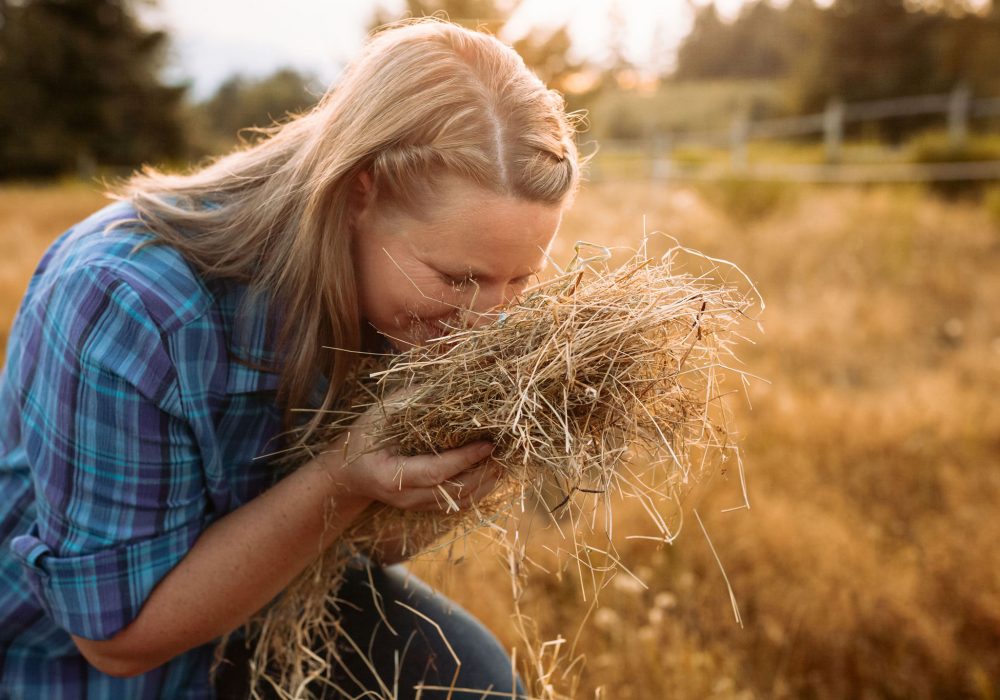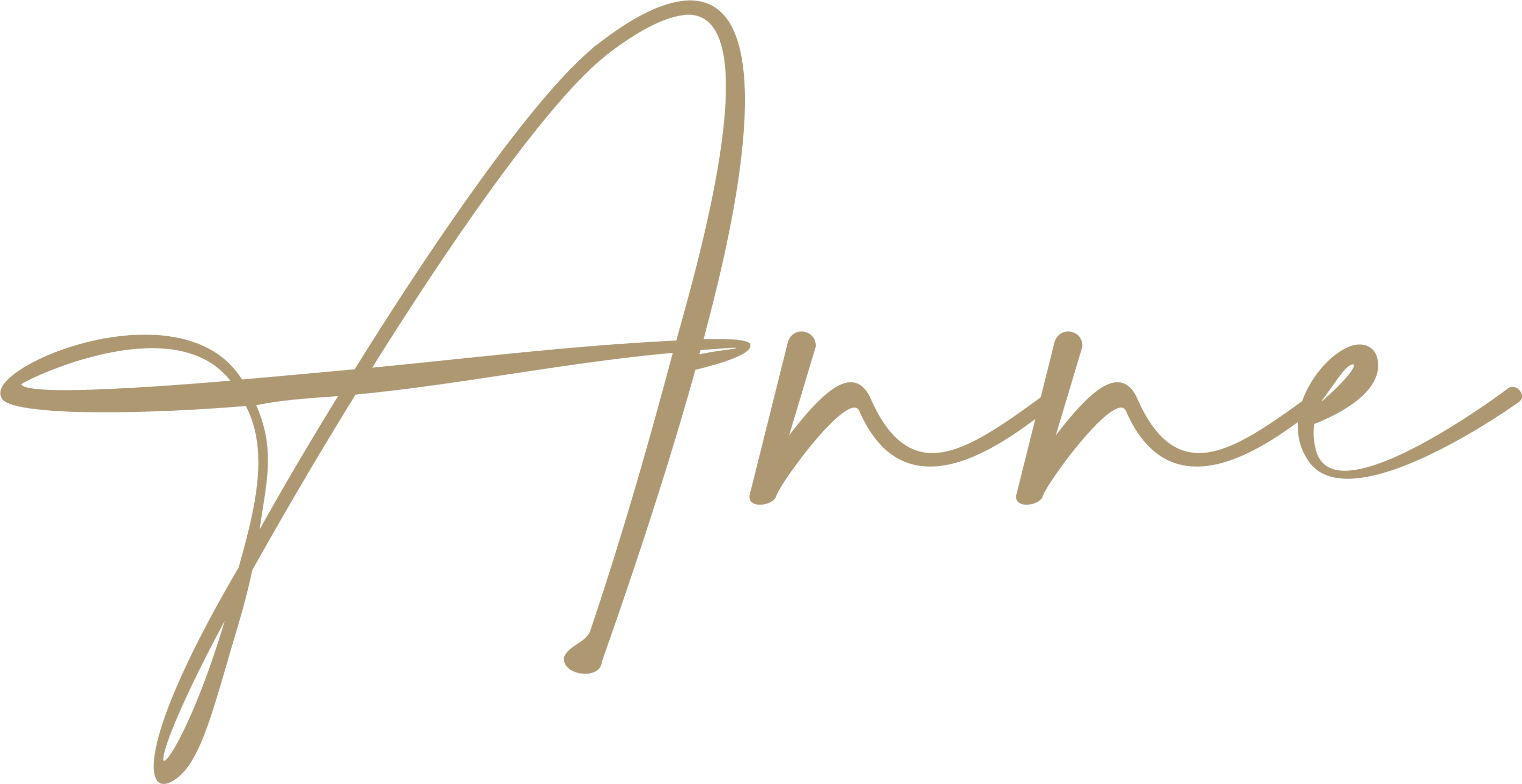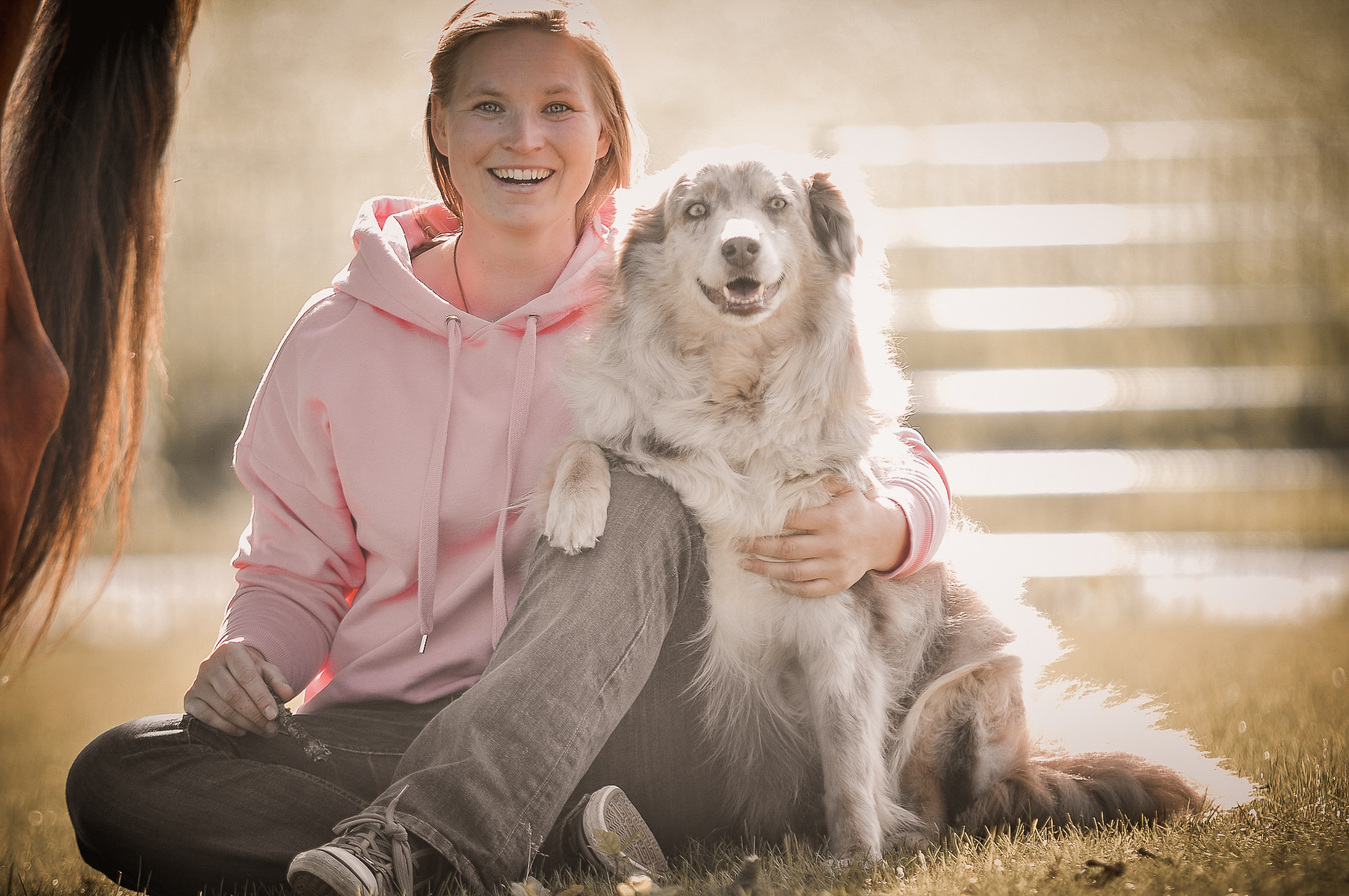During my studies to become a state-approved equine facility manager (with focus on breeding and husbandry, I laid the foundation for the very important and extensive topic that equine nutrition is.
Back then, I was very fortunate to have an amazing teacher at the school that I was attending in Cologne. He was used to the original methods of feeding horses and knew how the old stable masters used to care for their horses. He got me really curious about this subject for the first time and taught me attention to detail.
Up until then, I only knew that the feed cart was pushed through the stable aisle two or three times a day and besides some hay, horses would either get a scoop of pellets or oats. It had never occurred to me to question what actually was in those pellets or understanding the reasoning behind the decision-making about which horse received which feed or how much of it. If a horse was too thin, it got a scoop extra, not much thought was put into the deeper reasoning of why the horse was not keeping adequate weight.
But my teacher's lessons awakened something in me back then. He opened my eyes to the complexity of the subject of equine nutrition and to the problems that some trends in modern horse feeding bring with them.
I understood that the wording "complete pellets" sounded as if everything would be provided to the horse, and that the word "pellet" means nothing other than that different feed ingredients had been pressed into a certain shape.
Back then, I learned to calculate feed rations by hand and to juggle the individual values back and forth until all the ratios matched up and really suited the diet that the horse needed. Nowadays, I am so grateful that I can do these calculations quite easily on the computer.
I learned that feeding can be well thought through and yet very simple and it also does not have to cost a lot of money.
I learned to observe and read the horses and to recognize if the nutritional requirements were met. I learned to tell what deficiencies the horse might be experiencing based on how the horse presented.
At that time I was not aware of this, but today I know that this teacher gave me a very valuable treasure. Because even today, his words ring in my ears when I sit and ponder about certain cases of mine.
At the time when I was running my own rehabilitation center for horses, my extensive knowledge gained more and more depth. In this rehabilitation center, we specialized in horses with lamenesses that were already classified as incurable by veterinary medicine.
During that time, I worked with a team of veterinarians from the Netherlands and Belgium. They were absolute geniuses in the field of lameness diagnostics. However, they did not rely on the most modern technology, but utilized their knowledge about proper biomechanics and how to assess a horse in motion.
Some of these men had a lot of experience with race horses and could see out of the corner of their eye if, for example, one of the thoroughbreds was not moving properly. And the fascinating thing for me was that they always knew where to look for the cause!
In addition to lameness diagnostics, another cornerstone began to emerge for me during that time, the importance of properly trimming and shoeing horses.
I also steadily deepened my knowledge of equine nutrition. Through working so closely with these very knowledgeable veterinarians I continuously learned many details. From evaluation of the horse to deficiencies in the diet and the connections from all these factors to the present diagnosis. Today, this knowledge can hardly or not at all be found in books and I am all the more grateful for this-sometimes hard-hand-on learning.
With every exciting case we were entrusted with, I deepened my self-study of the horse. By then, the idea had taken root in me that there was always a solution to be found. Many difficult cases inspired me to keep looking for the answers until I found them.
At that time, we had a success rate of over 90% in the rehabilitation center, which is remarkable, especially considering that most of these horses were considered hopeless cases.
This success was only possible because I had already understood at that time that all things are interconnected.
So I combined the different therapy methods of veterinary medicine, osteopathy and others with good horse feeding, modern movement theory, good trimming and shoeing and good husbandry.
In the last few years I have refreshed and expanded my knowledge of horse feeding and attended the intensive seminars with Simone Mayer from Semhof. I appreciate Simone very much! Not only as an expert in horse feeding, but especially as a farmer!
She taught me what a suitable field for forage production or a horse pasture should actually look like. I learned about the condition of our soil and how much nutrients can still be found in the ground and thus in plants. And above all, what agriculture can look like so that we once again have healthy soils with a high nutrient density and can thus produce healthy food with real nutritional value. This concerns all of us and not just the horses.
Finally, curiosity got the better of me and I took part in a comprehensive workshop on blood work analysis with Sonja Witschel from "Minerals in Balance".
For me it is absolutely exciting to see how much of what I can already recognize externally in the horse is confirmed by blood work. And for the really serious cases it is a blessing that we have these diagnostics available to understand and help more deeply.






